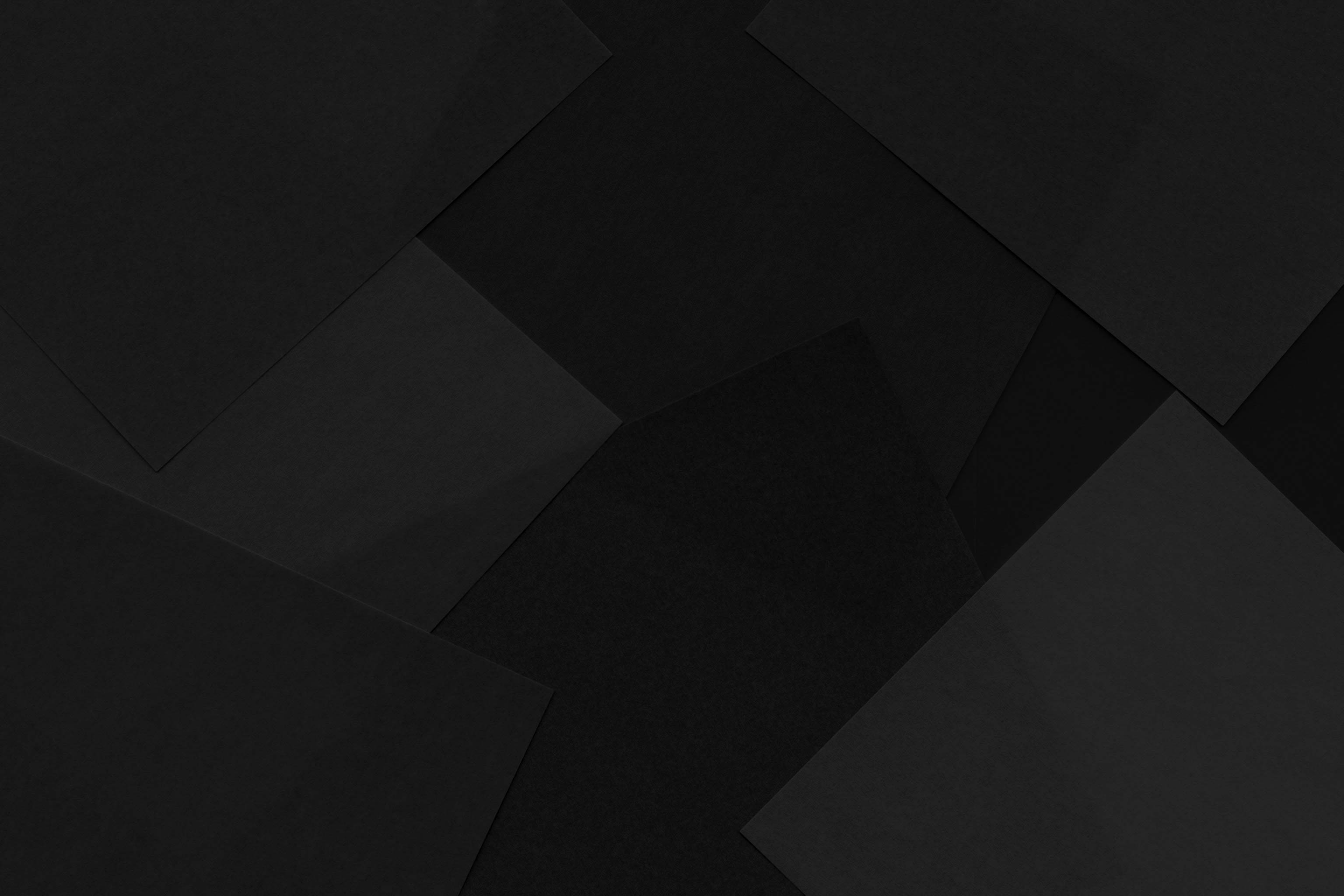
ここから先は乃村工藝社の連携先ページにリンクします。リンク先で募集職種一覧から応募いただけます。(CICは常時募集をしていない場合もございます。ご了承ください。)

CIC NOTE
みなさん、こんにちは。
動物とテクノロジーが大好きなCICデザイナーの山岸将大です。
普段はUXデザイン部の一員として、デジタルと空間をかけあわせた今までにない体験価値を創造すべく日々挑戦しています。
今回のCICNOTEでは「人それぞれの世界の捉え方」についてとそれを考慮した体験設計の心構えについて少し考えてみましたのでしばしお付き合いください。

最近、ユクスキュルさんの『生物から見た世界』(※)という本を読みました。「環世界」という概念で有名なこの本は、人間を含めこの世に生きている生物たちにとってみんなに共通した「客観的な世界」というものは存在せず、それぞれの生物が固有の感覚器官と知覚能力を通じて主体的に捉え構築した独自の世界が無数にあるという考え方を唱えています。(ちょっと複雑な話ですが、次章で具体例を挙げて説明します)
ついつい、人間視点での世界をベースに「他の生物たちってこの世界がどう見えているのだろう」などと考えがちですが、そもそも人間が主観的に捉えている「この世界」を共通のベースとして位置付けること自体が見当外れで、それぞれの種族でそれぞれの感覚に基づいた全く違う世界が独自に存在しているんだ!という考え方です。
さて、この記事ではこの「環世界」の考え方をユクスキュルさんとはちょっと違う視点で用いて、私たち「空間体験を企画・設計する人間」と「空間体験を受け取る体験者」の異なる環世界について思考してみようと思います。そして、この比較を通してモノ・コトを企画設計する人間にとって大切にすべき世界の捉え方を整理してみようと思います。
本題に入る前に、導入で触れた「環世界」について分かったような分からなかったような・・・という方のために書籍『生物から見た世界』の中で登場する例を元にもう少しこの概念の説明しようと思います。(すでにご存じの方は次の章まで読み飛ばしていただいて構いません)

今回は対象の世界として休日のキャンプの風景を取り上げてみようと思います。
上記の3つのイラストの中にはそれぞれキャンプでの同じワンシーンを描いています。ただ、その中で人間とイヌとハエそれぞれにとっての「対象物の意味」を色分けすることによって、同じ空間でも生き物それぞれで捉え方が全く異なるということを表現したイラストです。
最初のイラストは人間がとらえたキャンプの風景の要素を色分けしています。

【人間の環世界 (1枚目)】
私たち人間にとってはキャンプの道具はどれも意味を持っており、それぞれに色分けがなされます。当たり前ですがクーラーボックスは食材を入れる場所、バーベキューコンロは食べ物を焼く場所などと要素の意味を認識し区別するのです。
さて、同じ風景をイヌが見たときに彼らはどのように捉えるでしょう、

【イヌの環世界(2枚目)】
空間の中の色分けがぐっと減りました。 イヌにとって人間と同じ意味を見出せるものには先ほどと同じ色で示してありますが、共通しているのは椅子とグラスと皿くらい。その他、クーラーボックスやコンロ・小さなスツールなんかは犬にとっては意味のないもの(障害物)として捉えられています。木炭入れやクーラーボックスは犬にとっては区別がつかないし、犬が乗ることができない小さな三角のスツールはは座るものとしては認識されず、他の障害物との区別はありません。(賢いイヌはもう少し人間と近い世界の捉え方をしていると思いますが、あくまで例としての表現です。)
最後にこのキャンプ場にハエが入ってきた場合、どのようにとらえるのでしょうか?

【ハエの環世界(3枚目)】
見ての通り、部屋の対象物の中でハエにとって意味を成すのはランタンと食物としてのテーブルの上のもののみであり、その他の要素は意味をなさないものとなってしまいます。椅子もテントもテーブルも要素として区別がなされず一体として捉えられるのです。人間やイヌの見ている世界とは全く違う世界がそこには存在しているということが少し想像できるでしょうか。
この例にあるイラスト自体も人間の視覚をベースに捉えた環世界を元に色付けをおこなっているため、完全に環世界を説明しているとは言い難い(人間がとらえきれない匂いや紫外線などという別の感覚や意味づけの階層も他の生物たちには存在するため)のですが、そこに存在するものは変わらないのだけれども、主体の認識によって全く違う世界がそれぞれに生まれているというイメージが「環世界」の概念の一部としてなんとなく伝わっていればこの章はOKかなと思います。
(「環世界」についてもっと詳しく知りたい方は是非「生物から見た世界」を読んでみてください!)
さて、お待たせしました、ここからがやっと本題です。 『生物から見た世界』では、ユクスキュルさんは生物に焦点を当ててそれぞれの生物の独自の環世界について深掘りをされていました。この考え方をもとにこの記事では「同じ人間でも知識や経験、職種によって環世界が異なるのではないか?」という視点で考えをもう少し広げてみようと思います。
私はプライベートで展示施設や舞台などを見に行ったときにデジタルをつかった仕掛けを目にすると、無意識に「これってどんな仕組みで成立しているんだろう」「あ、ここにセンサーがあるのか。あ、このプロジェクターから映しているんだな」などと考えてしまうことがよくあります。この記事を読んでいる方の中にもきっと同じような経験がある方が多いのではないでしょうか。
いわゆる「職業病」というものですが、この感覚こそが空間体験を企画・設計する人間(企画・設計者)の「環世界」なのではないかなと思うのです。
コンテンツの内容だけではなく、それを成立させる仕組みにまで色(意味)がついてみえてしまう感覚です。
例えば、科学館や展示施設でよくつかわれているデジタルコンテンツとして「身体の動き・ジェスチャーによってインタラクティブに動くコンテンツ」を考えてみましょう。画面の前で走ったり、ジャンプしたり手を伸ばしたりすることで映像が展開するコンテンツです。
私たちがこのコンテンツをみたときの世界に色付けすると

【空間体験企画・設計者の環世界】
こんな風に投影機器やセンサー、配線など様々な箇所に目をやって仕組みや工夫などをつい認識、分析してしまいます。
さて、対照的に純粋なコンテンツ体験者の代表として「子どもたち」がこのコンテンツを見たとき、その世界はどのように捉えられるでしょうか。

【純粋な展示体験者の環世界】
当たり前ですが、子どもたちや一般の純粋な展示体験者は「ここにセンサーがあって、このプロジェクターから投影している」なんてことは一切考えません。機器同士をつなぐ配線なんて彼らの環世界には認識すらされていないでしょう。ただ純粋にスクリーンに映る映像が自分の動きに応じて反応することを嬉々として楽しみます。 これが空間体験を受け取る体験者にとっての環世界です。
さて、この視点から自分自身の企画・設計業務を振り返ってみると、ついつい「展示企画・設計者の環世界」をベースとした視点でモノゴトを考えてしまいがちなのではと感じます。その他の企画・設計に携わる方々もきっと自分が見えている環世界の経験に従って企画構成やデザインを考える方も多いのではないでしょうか。意識しない限り、自分の環世界に基づいてモノゴトを考えるのは自然なことだと思います。
ただし、企画・設計のその先にその空間体験を受け取る人は企画・設計者の環世界とは異なる環世界を持っている人がほとんど。私たちの環世界でみえているものが体験者にはみえていない、もしくは私たちの環世界では認識しづらくなっていたものが、他の環世界でははっきりとみえているなんてこともあるかもしれません。
このようなことを考えると、知識や経験が豊富な設計者にとっての「良い体験・空間」が必ずしもみんなにとって「良い体験・空間」になるとは限らないのだということを改めて感じます。
知識や経験値から生まれる企画・設計者のこだわりが実は体験者にとっては意味をなさなかったり、設計者の感覚を前提に意図されたものが体験者にうまく届かずに予期せぬ使われ方をしてしまったり、ということは往々にして起こりうるものです。
このギャップを解消するために、我々は自分自身と体験者との環世界の違いを認識し、ときには自分自身の環世界から離れて、設計や企画のその先でその空間体験を受け取る人の環世界をのぞき込む。その視点からの世界を見渡すことができたらより一層多くの人々に歓びや感動を与えられる空間や体験が設計できるのではないでしょうか。
「異なる環世界を行き来する」このプロセスが自分以外の誰かにとっての「良い体験・空間」を企画設計するための大事な心構えなのだ!ということをこの記事の結論にしようと思います。
もちろん自分の環世界から抜け出すことは簡単なことではありません。専門の知識や経験を蓄積すればするほど皮肉にも届けるべき相手の環世界との距離は遠くなり、行き来が難しくなっていくとさえ言えます。
ただ、この逆説的で奥深い世界の中でより良い空間体験をつくりだすための小さな一歩として、この記事を読んでくださった方がふとしたときに「他者の環世界が存在している」という視点を思い出して自分の環世界から少し顔を出してみるきっかけになれたなら幸いです。
私自身もまだまだ社会人なりたての若造ですが、自分の環世界だけで独りよがりになることなく、他者の環世界に想いを馳せながら、それらに寄り添える企画・設計者でありたいと思います。
《メモ:自分の環世界から少しだけ顔をだす方法》
・前提条件や議論のプロセスをゼロにした真っ白な頭で空間体験を振り返ってみる
・途中段階で他者(子供たちや一般の方々など)に設計物を実際に体験してもらう
・自分の知識や経験に基づいた先入観を排除して、他人の意見を純粋に受け取ってみる
etc…
おわり
参考文献: (※)ユクスキュル 著 クリサート 著 日高 敏隆 訳 羽田 節子 訳, 「生物から見た世界」, 岩波書店, 2005/06/16 , 166頁